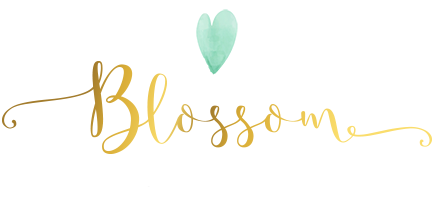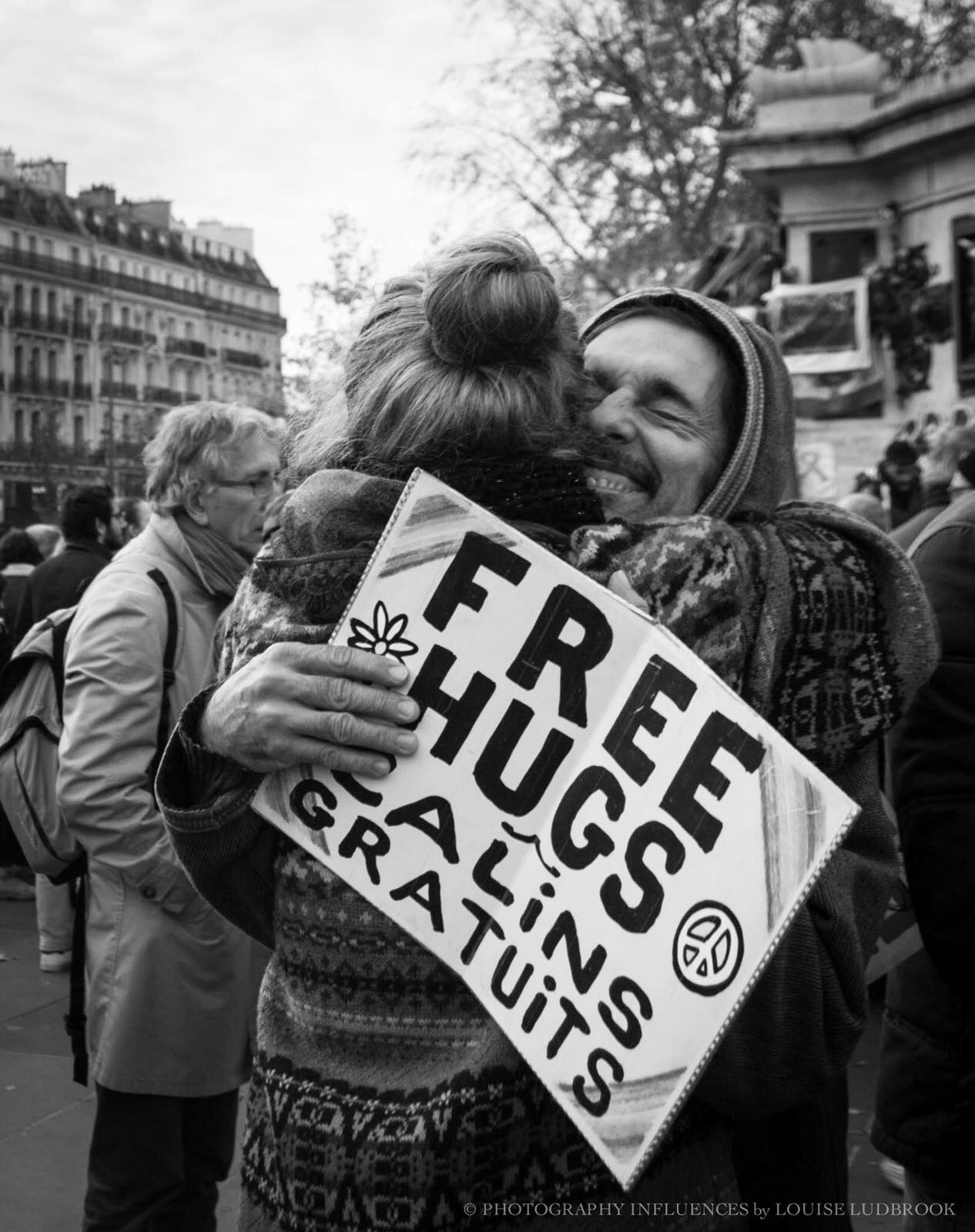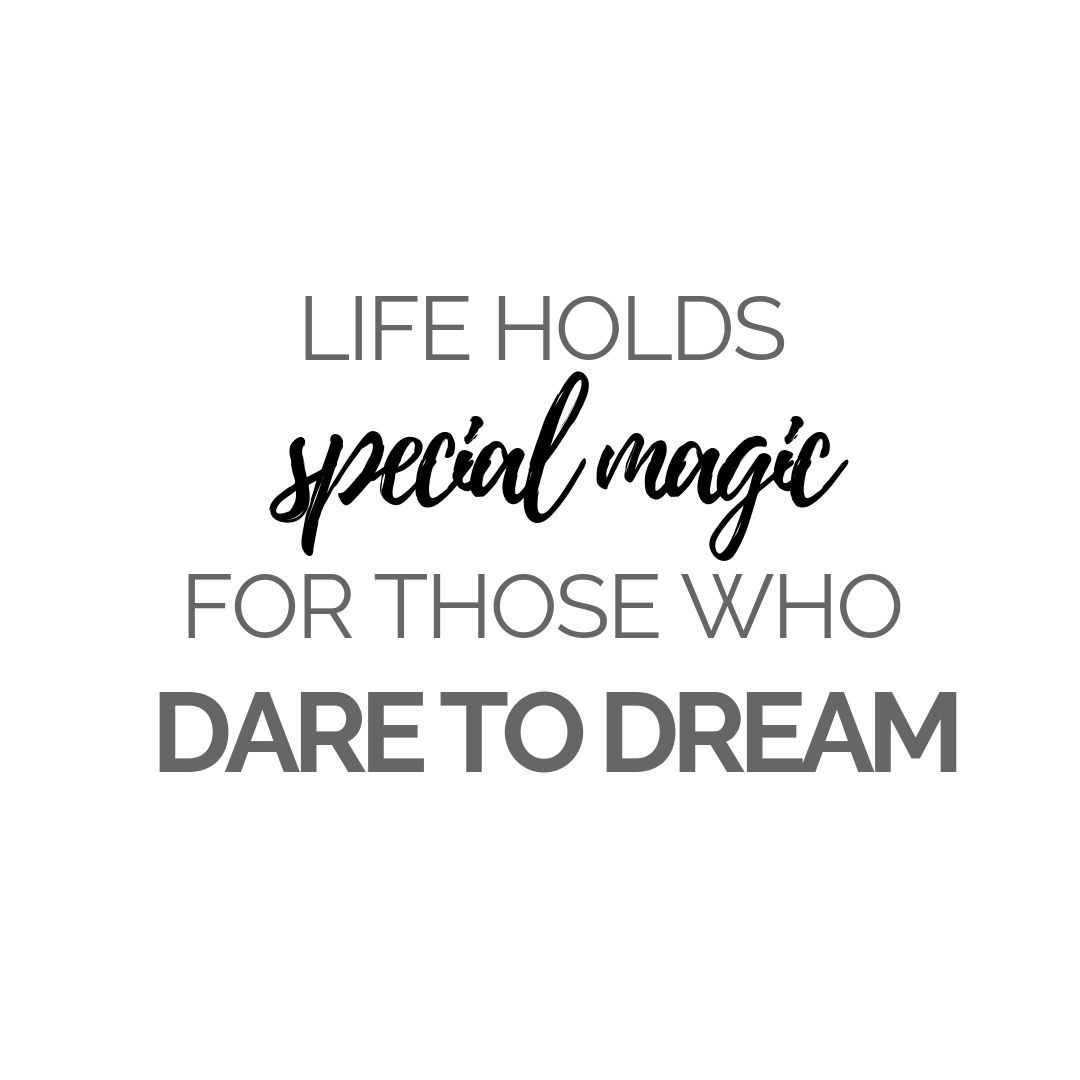What words come to your mind when you think of a manipulative person? Do you think of the following traits?
- People pleasing
- Keeping the peace
- Lacking boundaries
- Holding back their opinion
- Over-compensating
- Playing small
It may come as a surprise that each of these behaviours exhibit undercurrents of manipulation.
I love this description via Google:
Manipulation: ‘a skilful handling, controlling or using of something or someone. But this word also has some negative connotations — a manipulative person knows how to twist words, play on emotions and otherwise manage a situation in a sneaky fashion to get what he/she wants.’
We can manipulate both consciously and subconsciously; sometimes we are not even aware that we are doing it.
Let’s take Sandy, the peacemaker, as an example. Sandy avoids conflict at all cost so will do everything for everyone, every time. Her former partner left her so her biggest fear is to be abandoned and alone. Whenever Sandy’s new partner, Jim, gets upset, she will automatically try to fix things. To avoid her fear, Sandy has learnt to avoid conflict and rejection. However, Jim senses the undertone of Sandy’s support which in turn triggers his feelings of being trapped and controlled. He then will either get angry or retreat and Sandy ends up experiencing exactly what she was trying to avoid, conflict and rejection.
Can you see the manipulation taking play here and the cycle it produces?
- Fear
- Triggers
- Manipulation
- Avoidance
- Manifestation of what we fear
Do you recognise these patterns in your behaviour?
Perhaps there is something you are subconsciously avoiding so you try to get people to act in a certain ways so you won’t feel your fear. Ask yourself the following questions:
What is the situation I am being triggered by?
What are the manipulative behaviours I operate from?
What is the fear I’m trying to avoid?
How could I reassure, support and heal this part of myself so that I show up in my relationship from an empowered space?
Awareness is always the first step. Once you become aware of your fear, and the triggers and behaviours used to avoid that fear, then you have an opportunity to look at the situation from a different perspective. In Sandy’s situation, this change may look like:
- Acknowledging the personal feelings/fears being triggered, and separating them from Jim’s behaviour;
- Giving herself reassurance that she is safe and loved, and acknowledging that it is okay for Jim to feel stressed sometimes;
- Offering support without an attachment. For example, saying “I can see you’re upset, I’m here if you want to chat”;
- Working at filling her own tank, through positive and kind self-talk etc.;
- Noticing how, without manipulating the situation, Jim has the space to work through his own feelings, whilst still being there as support if and when she’s needed.

Sandy feels less triggered when she meets her own needs, Jim then doesn’t react in a negative way and they both feel more supported and connected.
This time around the cycle is:
- Acknowledgement of fear
- Ownership of feelings
- Filling her own tank
- Offering support
- Reconnection
Their interaction is based from love and support, not fear and need.
Have a fabulous couple of weeks.
Sent with love,
x




